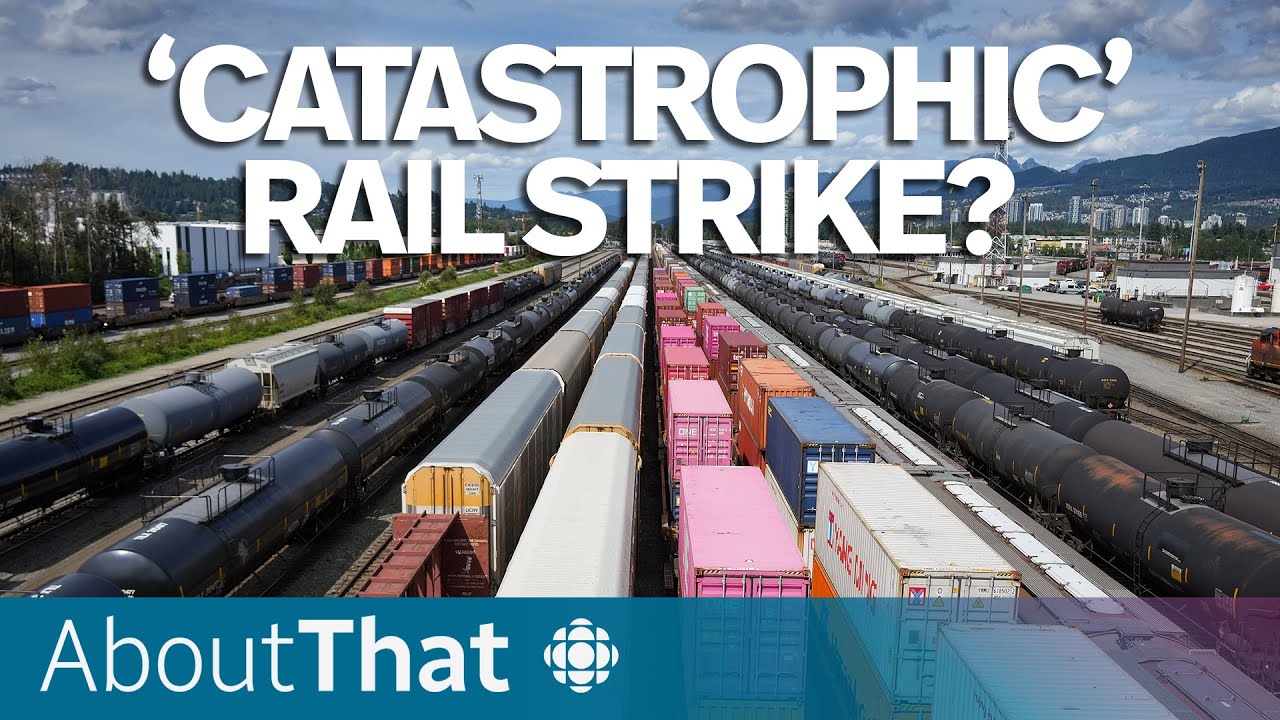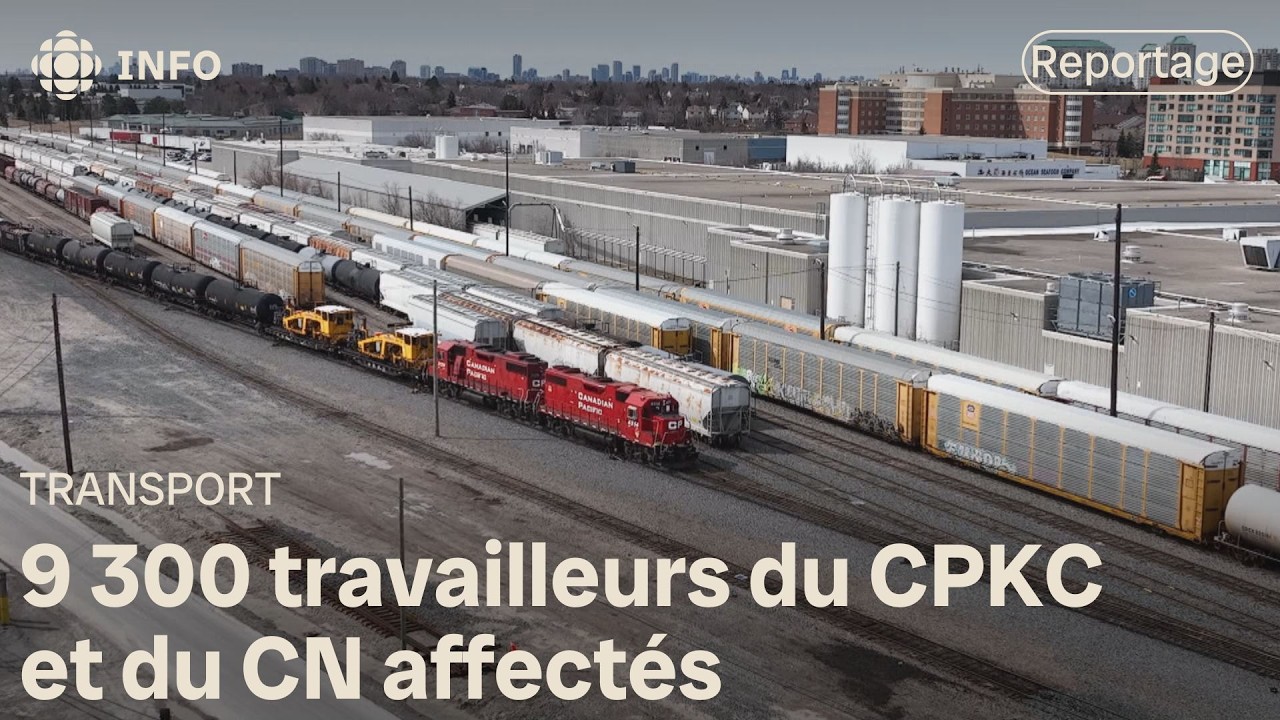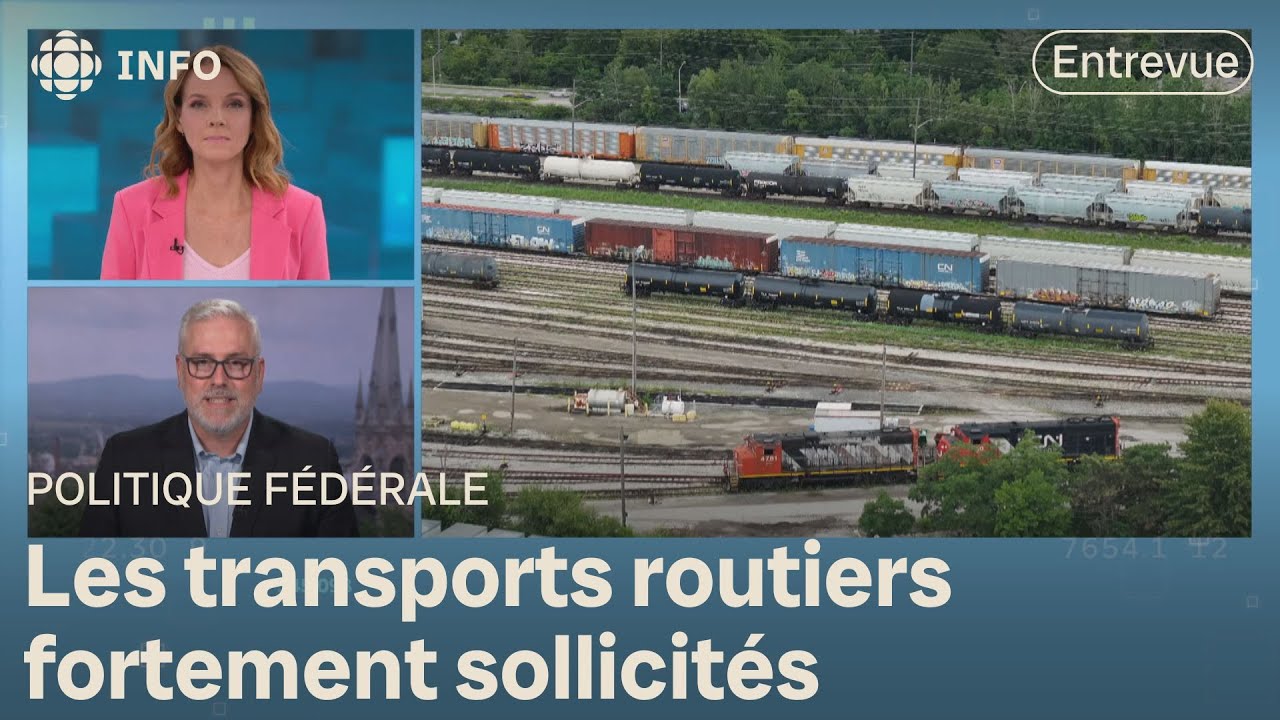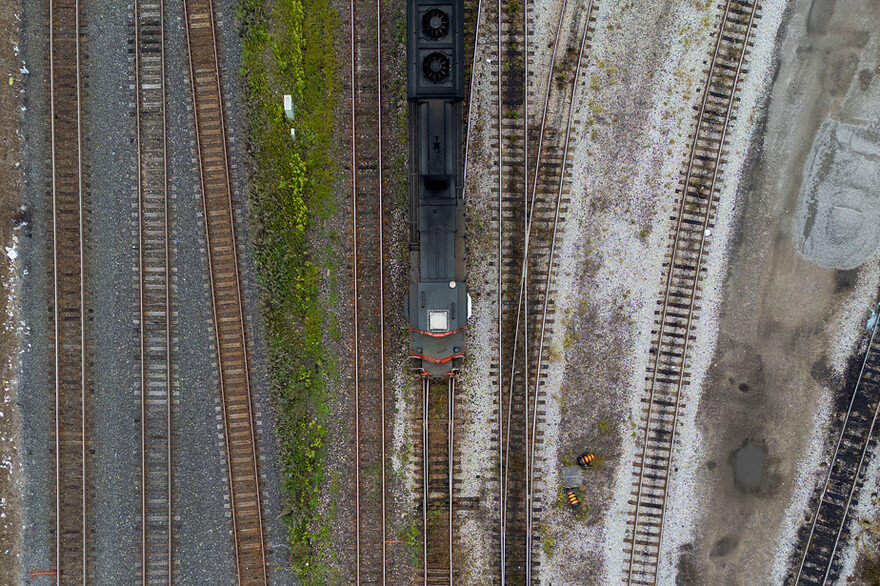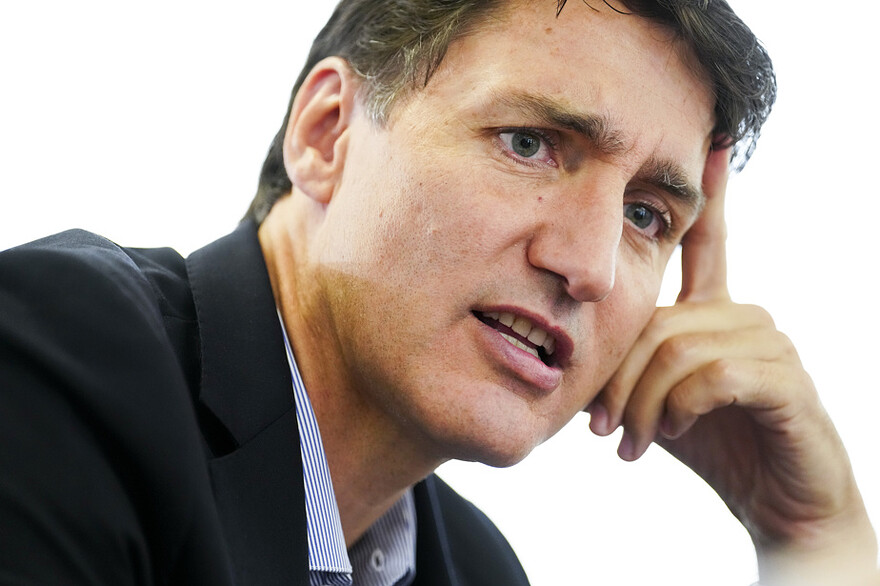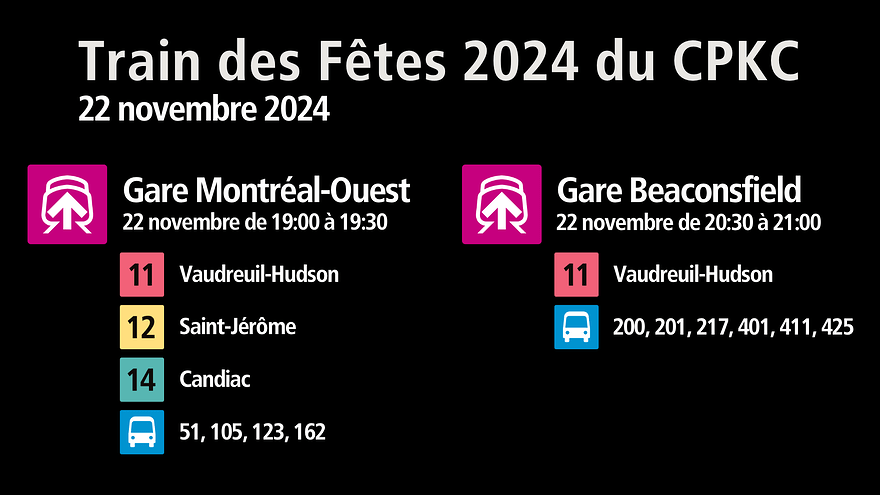https://www.cpkcr.com/en/media/CPKC-locks-out-TCRC-aug-22-2024
It’s happening
CPKC locks out TCRC employees, moves to full shut down of Canadian rail network
August 22, 2024
Canadian Pacific Kansas City (TSX: CP) (NYSE: CP) (CPKC) said today it has locked out employees who are members of the Teamsters Canada Rail Conference (TCRC) – Train and Engine (T&E) division effective 00:01 Eastern Time on Aug. 22.
That will be followed by the lock out of employees who are members of the TCRC – Rail Traffic Controller (RCTC) division effective 00:01 Mountain Time on Aug. 22.
Throughout nearly a year of negotiations, CPKC has remained committed to doing its part to avoid this work stoppage. CPKC has bargained in good faith, but despite our best efforts, it is clear that a negotiated outcome with the TCRC is not within reach. The TCRC leadership continues to make unrealistic demands that would fundamentally impair the railway’s ability to serve our customers with a reliable and cost-competitive transportation service.
At this time, the responsible path forward for the union, the company, our customers, the Canadian economy and North American supply chains and the public interest is for TCRC and CPKC to engage in binding arbitration to resolve all outstanding disputes. Binding arbitration is an effective, reasonable and fair process that ultimately has been used many times in the past to resolve disputes with this union. CPKC reiterates its standing offer to resolve this matter through binding arbitration. Acceptance of that offer by the TCRC would immediately end this work stoppage and mitigate further harm and disruption to supply chains and our economy.
CPKC has an excellent history of successful collective bargaining with its many unions. Unfortunately, the TCRC leadership has repeatedly demonstrated this type of behaviour, which ultimately has required federal intervention in some form in nine of the 10 rounds of collective bargaining negotiations since 1993. By contrast, over the same period, we have had 36 rounds of negotiations with four other unions in Canada, and only one work stoppage.
We fully understand and appreciate what this work stoppage means for Canadians and our economy. CPKC is acting to protect Canada’s supply chains, and all stakeholders, from further uncertainty and the more widespread disruption that would be created should this dispute drag out further resulting in a potential work stoppage occurring during the fall peak shipping period. Delaying resolution to this labour dispute will only make things worse.
For the TCRC – T&E division, the company has focused on negotiating a three-year status-quo contract renewal with competitive wage increases that are consistent with recent settlements with other railway unions. That proposal has no work rule changes. In fact, we presented an enhanced final offer to avoid a work stoppage that includes: enhanced wages that exceed inflation, an engineers’ guaranteed extra board, increased shift differentials, and resetting rest only at the home terminal, among other items that the TCRC negotiating committee requested. The only item we wish to negotiate remains reasonable adjustments to the timing of held-away from home pay that resets the negotiated buffers that existed before Transport Canada implemented work rest rule changes last year, that by default eliminated the buffer. The status quo-style offer fully complies with new regulatory requirements for rest and does not in any way compromise safety.
For the TCRC - RCTC division, CPKC has proposed a renewed agreement with the rail traffic controllers that would deliver competitive wage increases.
The TCRC - T&E represents CPKC’s roughly 3,200 locomotive engineers, conductors and train and yard workers, and the TCRC - RCTC represents approximately 80 rail traffic controllers, all in Canada.
Working closely with customers, CPKC has executed a safe and structured shutdown of its train operations across Canada. This will enable CPKC to safely and efficiently resume full rail operations across the entire network once the work stoppage ends.
Visit the TCRC update page on our web site for ongoing updates.
Forward looking information
This news release contains certain forward-looking information within the meaning of applicable securities laws in both the U.S. and Canada. This news release contains forward-looking information relating, but not limited to, collective bargaining between CPKC and its labour unions, potential work stoppage and CPKC’s business, operations and service. This forward-looking information also includes, but is not limited to, statements concerning expectations, beliefs, plans, goals, objectives, assumptions and statements about possible future events, conditions, and results of operations or performance. Forward-looking information may contain statements with words or headings such as “financial expectations”, “key assumptions”, “anticipate”, “believe”, “expect”, “plan”, “will”, “outlook”, “should” or similar words suggesting future outcomes.
Undue reliance should not be placed on forward-looking information as actual results may differ materially from the forward-looking information. Forward-looking information is not a guarantee of future performance. By its nature, CPKC’s forward-looking information involves numerous assumptions, inherent risks and uncertainties that could cause actual results to differ materially from the forward-looking information, including but not limited to the following factors: changes in business strategies; general North American and global economic, credit and business conditions; risks in agricultural production such as weather conditions and insect populations; the availability and price of energy commodities; the effects of competition and pricing pressures; industry capacity; shifts in market demand; changes in commodity prices; uncertainty surrounding timing and volumes of commodities being shipped via CPKC; inflation; changes in laws and regulations, including regulation of rates; changes in taxes and tax rates; potential increases in maintenance and operating costs; uncertainties of investigations, proceedings or other types of claims and litigation; labour disputes; risks and liabilities arising from derailments; transportation of dangerous goods; timing of completion of capital and maintenance projects; currency and interest rate fluctuations; effects of changes in market conditions and discount rates on the financial position of pension plans and investments; and various events that could disrupt operations, including severe weather, droughts, floods, avalanches and earthquakes as well as security threats and governmental response to them, and technological changes. The foregoing list of factors is not exhaustive. These and other factors are detailed from time to time in reports filed by CPKC with securities regulators in Canada and the United States. Reference should be made to “Item 1A - Risk Factors” and “Item 7 - Management’s Discussion and Analysis of Financial Condition and Results of Operations - Forward-Looking Information” in CPKC’s annual and interim reports on Form 10-K and 10-Q. Readers are cautioned not to place undue reliance on forward-looking information. Forward looking information is based on current expectations, estimates and projections and it is possible that predictions, forecasts, projections, and other forms of forward-looking information will not be achieved by CPKC. Except as required by law, CPKC undertakes no obligation to update publicly or otherwise revise any forward-looking information, or the foregoing assumptions and risks affecting such forward-looking information, whether as a result of new information, future events or otherwise.
About CPKC
With its global headquarters in Calgary, Alta., Canada, CPKC is the first and only single-line transnational railway linking Canada, the United States and México, with unrivaled access to major ports from Vancouver to Atlantic Canada to the Gulf of México to Lázaro Cárdenas, México. Stretching approximately 20,000 route miles and employing 20,000 railroaders, CPKC provides North American customers unparalleled rail service and network reach to key markets across the continent. CPKC is growing with its customers, offering a suite of freight transportation services, logistics solutions and supply chain expertise. Visit cpkcr.com to learn more about the rail advantages of CPKC. CP-IR
Contacts:
Media
mediarelations@cpkcr.com
Investment Community
Chris De Bruyn
403-319-3591
investor@cpkcr.com
Trouble near the tracks? Call us now (Open 24 hours a day).
CPKC
7550 Ogden Dale Road S.E.
Calgary, AB T2C 4X9
Canada
1-888-333-6370
Contact Us
About CPKC
Suppliers
Subscriptions
Labour Relations
TCRC Bargaining Updates
CPKC Shops

